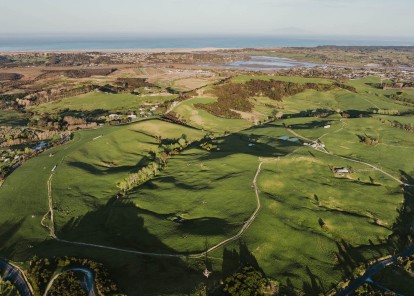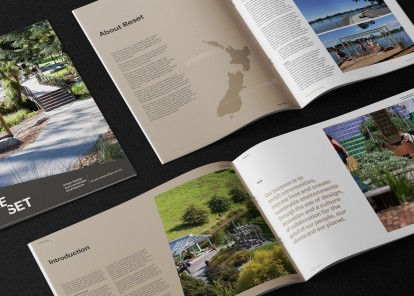The Creation of San Clemente Township in California
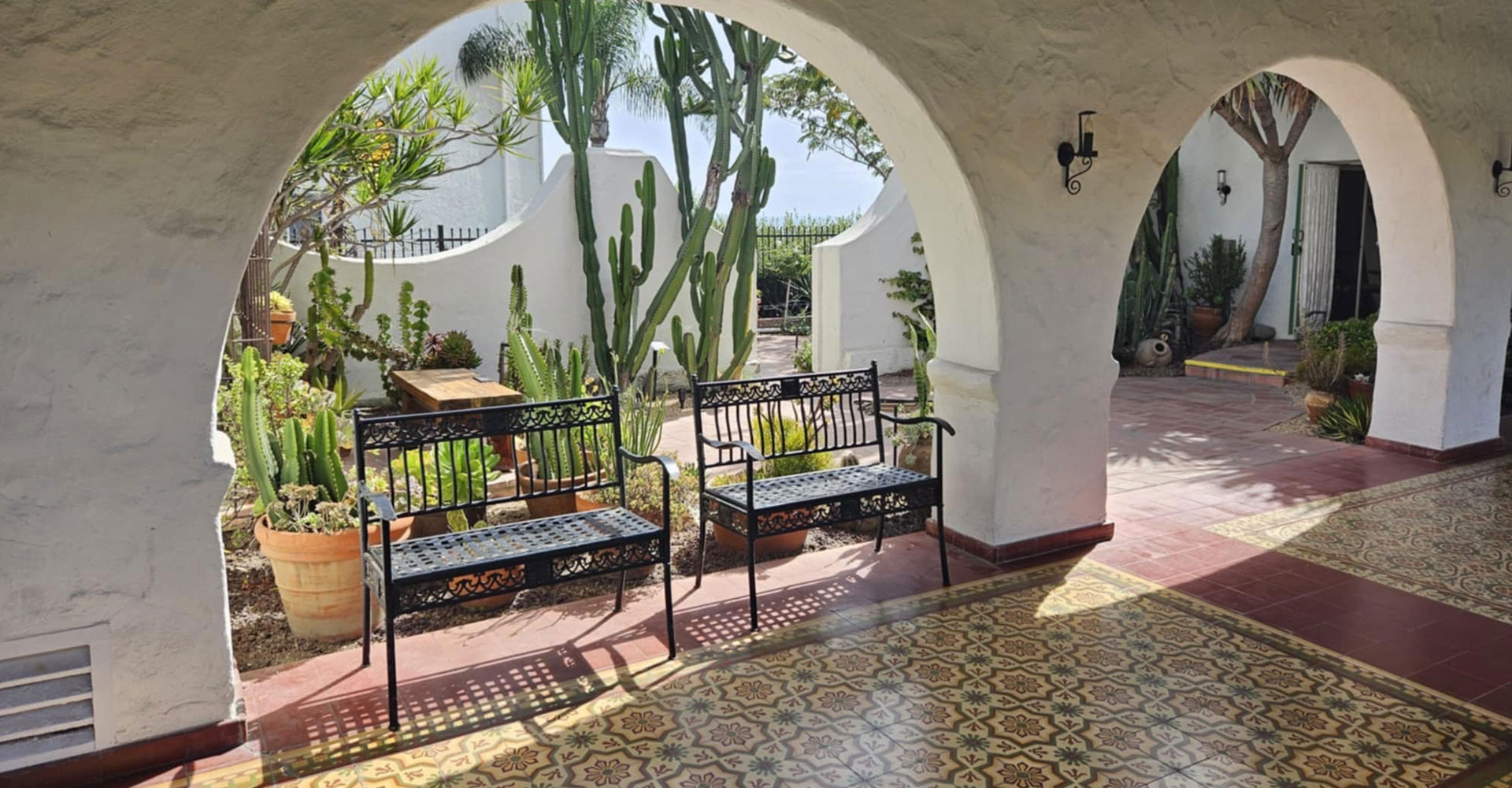
The Creation of San Clemente Township in California
A Design and Cultural Journey
In so many ways Southern California on the West Coast of North America has exerted huge influence over the latter day New Zealand cultural landscape from the introduction of swimming pools, the spread of low slung suburban housing and motorways to the cherishing of the coastal edge. Located midway between Los Angeles and San Diego, San Clemente epitomises “SoCal” with its beach happenings, iconic Spanish Colonial Revival architecture, and a skyline narrowly punctuated by tall palms. The study of its development reveals a somewhat deeper story of driving ambition, transformation and belated preservation.
Early History and Founding
Originally inhabited by native Indians, the Acjachemen Nation thrived in the region's mild arid climate. That was until the arrival of Spanish missionaries in the 18th century whose practises changed the landscape dramatically, introducing European agricultural techniques, livestock and property boundaries.
The modern history of San Clemente only began in the early 20th century as the area was by then cleared of habitation, with vast tracts of land used for cattle ranching. This changed abruptly in 1925 when Ole Hanson, a civic leader from Seattle with several wealthy backers, embarked on a bold endeavour to create from a so called “blank canvas” his concept of a "Spanish Village by the Sea,".
The Vision of Ole Hanson
Purchasing 800 hectares of land along the coast, Hansen and co energetically set about designing a master-planned community aimed at providing respite from the big city. His vision was deeply influenced by the Spanish Colonial Revival architectural style derived from a muddle of Moorish designs, which was popular in California during the 1920s as part of the regions ambitious search for an exotic and climatically suitable built identity. Hanson mandated that all buildings plans needed to be approved by an Architectural Board to adhere to this aesthetic, characterized by white stucco walls, red tile roofs, wrought iron accents, and enclosed courtyards.
Hanson's dream was more than just architectural; it was a holistic vision that emphasized the importance of open spaces, parks, and recreational facilities including golf courses, tennis courts and walkways. The town's layout featured wide winding roads fitted to the contoured land form and carefully planned residential areas, commercial districts, and established public infrastructure which was then donated to the township by the developer. Key civic features focused around the coastal edge with an iconic beach club complete with pool and the 400m long timber pier both of which were opened early in 1928 and anticipated much frolicking in the water.
Struggles and Growth
Despite Hanson's grand vision and initial success, the development of San Clemente suffered during the Great Depression starting in 1929. Many had to pack up and leave, even Hansen had to sell Casa Romantica, his home perched on a bluff overlooking the pier which sported exquisite tile work, arched doorways, and lush gardens... However, Post War the town's strong character helped it weather the downturn assisted by a relaxation of planning controls and Postwar the construction of the Pacific Coast Highway (PCH) which significantly boosted accessibility to San Clemente for distance friendly commuters and sun seeking tourists alike.
Modern Development and Preservation
In the latter half of the 20th century, San Clemente experienced a surge in development. New gated residential neighborhoods, shopping malls, and recreational facilities spread into the surrounding foothills, though not all with great design merit. Latterly however the city has rediscovered its commitment to maintaining its architectural heritage, with stricter building codes and guidelines ensuring that new constructions harmonized with the much invented Spanish Colonial Revival style. Nowdays San Clemente is a city of 66,000, also a bastion of political conservatism and has recently placed a strong emphasis on environmental sustainability. Efforts to preserve the coastline, protect marine habitats, and promote green building practices have become embraced as showpieces to the town's planning strategy.
San Clemente's development is a testament to the power of vision and creative transformation. From its origins as a sparsely populated region to becoming a thriving coastal township, San Clemente has retained the legacy of Ole Hanson's dream which lives on in the town's white stucco buildings, red tile roofs, and the much curated sense of place packaged up nicely as the "Spanish Village by the Sea."
Such exercises ultimately served to loosen up creative urban planning here in New Zealand to take in the pleasures of high speed independent travel and indulge in the pleasance of coastal recreation. High priced and design controlled places like Omaha just north of Auckland are direct descendants of such total inventions.
Illustrations
The San Clemente Pier which continues as home to numerous restaurants, shops, and parks has been regularly smashed by storms and has been rebuilt in 1939 and 1983.
Ole Hansens grand design home “Casa Romantica” is now a cultural centre and open to the public.
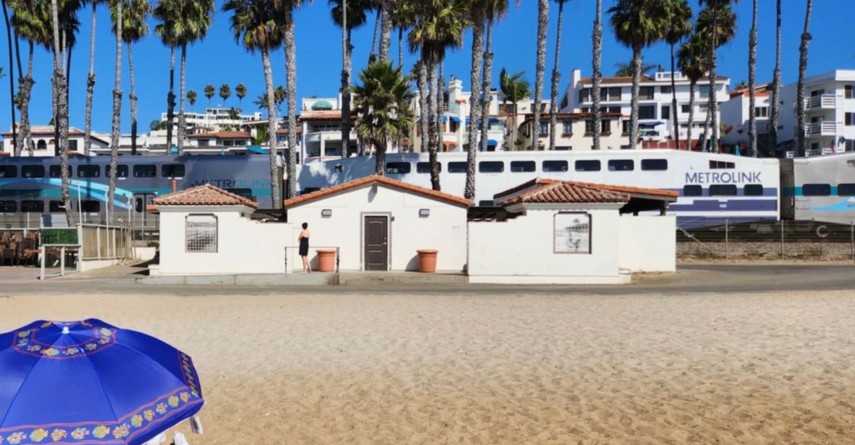
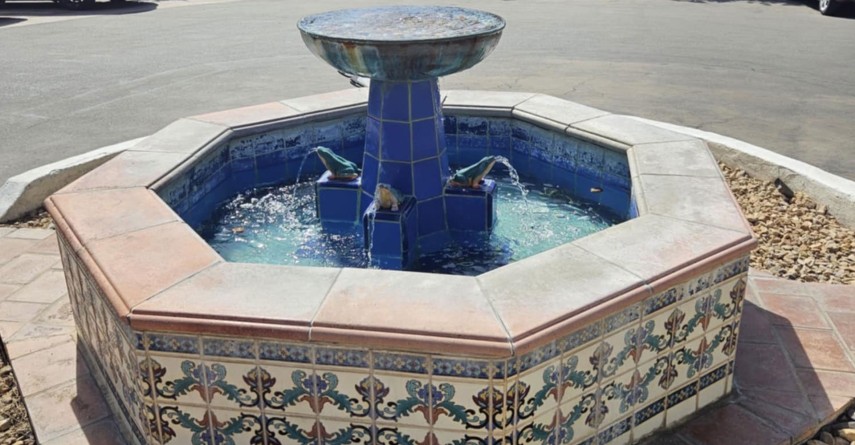
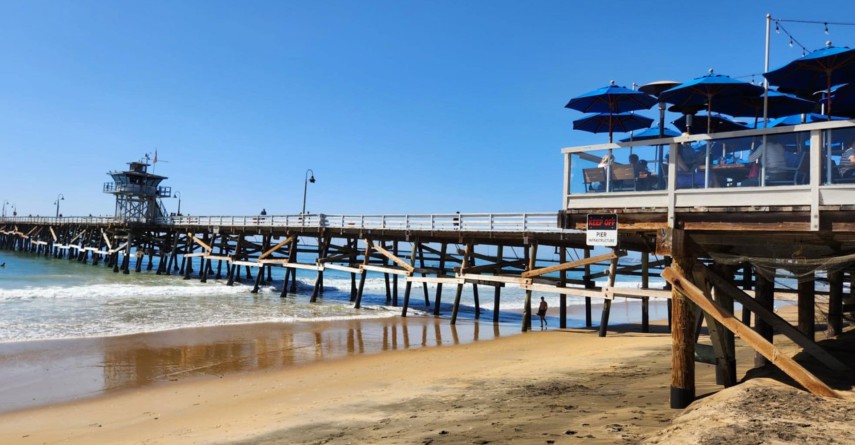
Published
13 May, 2025
Author
Garth Falconer
More articles Pitopito kōrero
Practice Tikanga
At Reset, we offer a broad scope of services within the specialist areas of Urban Design and Landscape Architecture. We also actively engage in research and have contributed two published books on the history of design in New Zealand.

